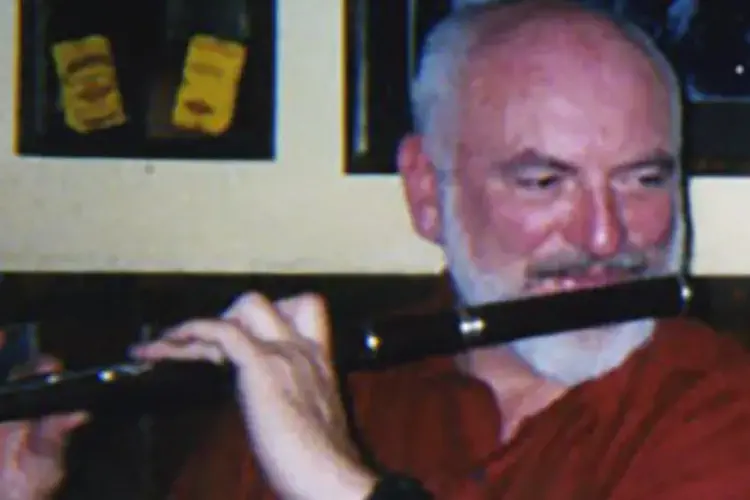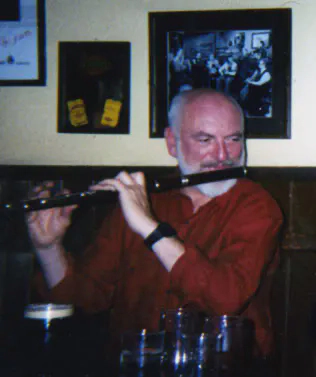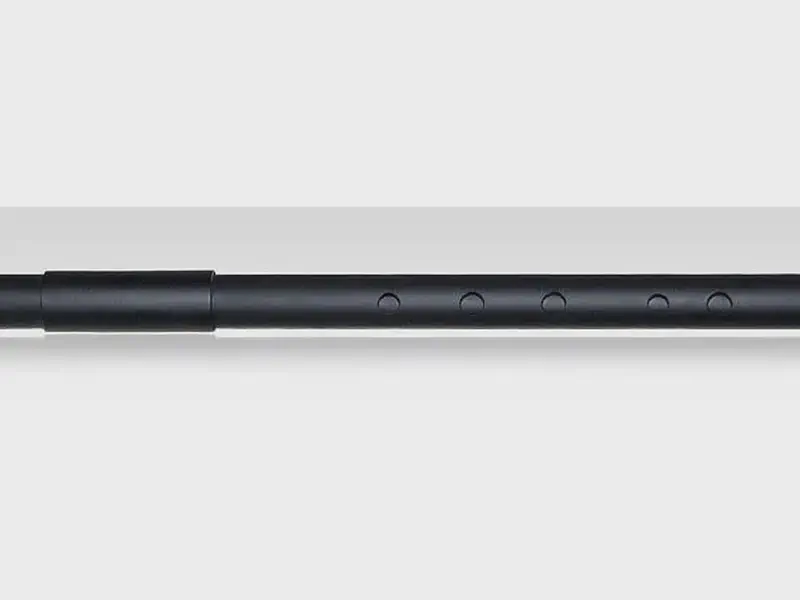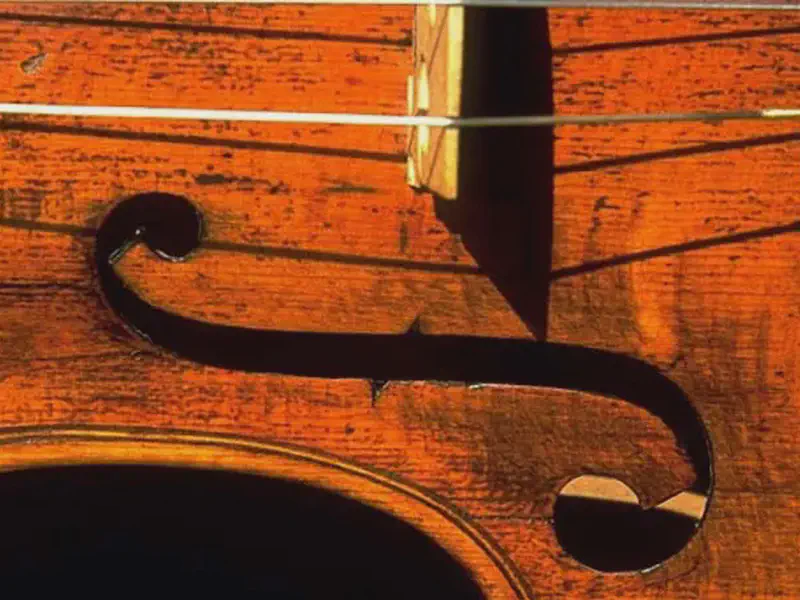
- bagpiper
- Instruments
- March 18, 2021
Table of Contents
The majority of traditional Irish flute players use a wooden, simple-system flute.
The Irish flute is a conical-bore, simple-system wooden flute of the type favoured by classical flautists of the early 19th century, or to a flute of modern manufacture derived from this design (often with modifications to optimize its use in Irish Traditional Music, Scottish Traditional Music or Music of Brittany and other Celtic nations).
Irish Flute Performers
Although it is played in every county in Ireland, the flute has a strong heartland in the mid-western counties of Roscommon, Leitrim, Sligo, south Fermanagh, east Galway, Clare and west Limerick

The simple system, transverse flute which plays a diatonic (Major) scale as the tone holes are successively uncovered. Most flutes from the Classical era, and some of modern manufacture include metal keys and additional tone holes to achieve partial or complete chromatic tonality. Due to its wooden construction, characteristic embouchure and direct (keyless) fingering, the simple system flute has a distinctly different timbre from the Western concert flute. Most Irish flute players tend to strive for a dark and reedy tone in comparison to classical flautists. Though most commonly pitched in the key of D, simple system flutes are available pitched in other keys, and are often heard in Irish music pitched in E flat, B flat and C. Although referred to as a D flute, this is a non-transposing instrument, so if you finger C, a concert-pitch C is sounded. The name D-flute comes from the fact that the simplest 6-hole wooden flute has D as its lowest note and plays the scale of D without any cross-fingering. The E-flat, B-flat and C versions are transposing instruments.
The flute has six main finger-holes. For a D flute (the most common variety), with X symbolizing a covered finger-hole and O symbolizing an uncovered finger-hole, all holes covered, (three fingers per hand) can be represented as XXX-XXX = D . As the scale progresses, XXX-XXO = E, XXX-XOO = F#, XXX-OOO = G, XXO-OOO = A, XOO-OOO = B, OOO-OOO = C#, with XXX-XXX or OXX-XXX being the higher octave D for the full D major scale.
Wooden flutes have a cylindrical bore in the head and a conical bore in the body. This bore is largest at the head end, tapering down to a smaller bore at the foot. This has the effect of shortening the flute for a given pitch.
There is some confusion with modern players in that a modern Boehm keyed system flute is typically pitched in C. This is due to the added keys that allow one to reach low C, yet when one covers just the six main finger-holes (with thumb key covered) on a modern metal Boehm system flute, (XXX-XXX) the note achieved is D. For many technical reasons, a simple system D wooden flute more closely mirrors a concert C modern Boehm system flute in the pitches achieved in its fingering positions as opposed to a simple system flute pitched in C. Theobald Boehm completely redesigned the flute to more easily access the chromatic scale. The Boehm flute has a cylindrical bore (with a parabolic bore in the head) and uses keys to enable the tone holes to be in the ideal place and to be of the ideal size.
Modern variations and flute makers
Today, transverse “simple system Irish” flutes are being made for the playing of a variety of traditional musical styles. In the Irish tradition, the material used is most commonly wood, but also Delrin, PVC, and even bamboo is used – though wood is still by far the most popular material. These modern Irish flutes can vary in the number of added metal keys, or have no keys at all. Most are tuned using modern methods and are typically better in tune with modern instruments. All have the basic six hole diatonic design as in a tinwhistle.
Today’s makers emulate the designs of old, focusing often on a specific model or serial number, and maintaining tuning to today’s modern pitch standard of A=440 at equal temperament. The flutes of Rudall & Rose and Pratten were made in the meantone temperament, though some were created in equal temperament.
Some modern “Irish” wooden flute makers include:
- Eamonn Cotter - based in County Clare.
- Martin Doyle - based near Liscannor, in the County Clare.
- Hammy Hamilton - based in Cúil Aodha, West Cork.
- Terry McGee - based in Australia.
Tags:
Related Posts

low whistle
- March 18, 2021
- Instruments
The low whistle, or concert whistle, is a variation of the traditional tin whistle/pennywhistle, distinguished by its lower pitch and larger size.

uilleann pipes
- March 18, 2021
- Instruments
The Uilleann pipes, Ireland’s most famous bagpipes, are a bellows-driven instrument known for their melodic, softer sound, distinct from the louder Great Highland Bagpipes of Scotland.

celtic fiddle
- March 18, 2021
- Instruments
This style of fiddle playing is a cornerstone of Celtic music and is characterized by its lively, rhythmic, and often improvisational nature.